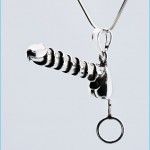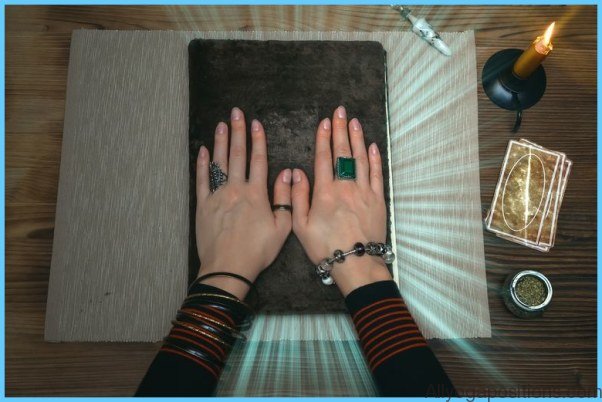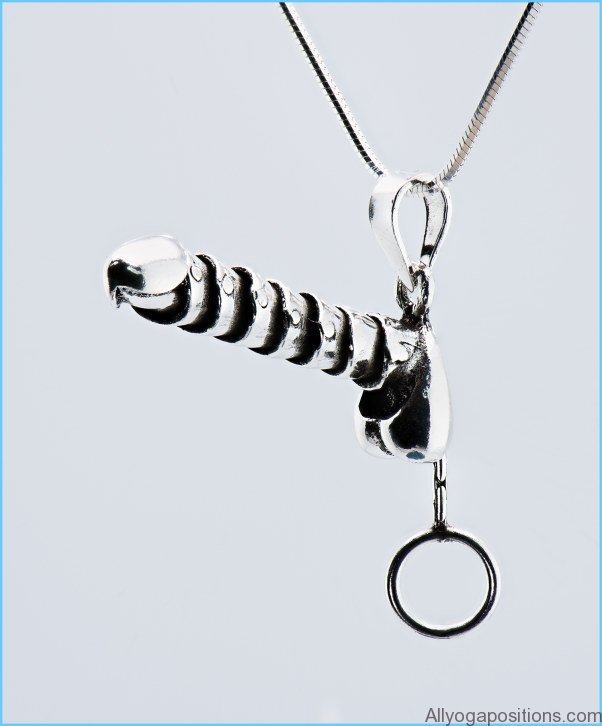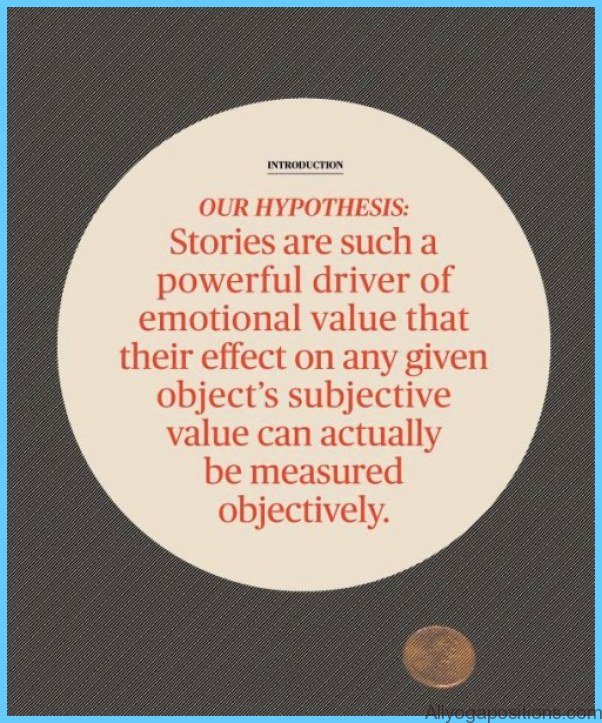Can people intentionally create energetic darts to harm others? What about power objects? Can anything be filled with healing power or other kinds of energy? And can places be imbued with personal energy? I’m thinking of the ghosts of dead people who haunt houses or woods. Then there are saints who are said to have energised their tombs with spiritual power. Does this really happen? If so, what process is involved?
Much of what we discussed in the last response deals with energetic connections that exist at the subconscious level, which people intend without being fully aware of what is happening or what results. That is why we recommended you use meditation to become more conscious of your energetic footprint and the trail it is leaving in the world. This question shifts to a consideration of energetic activity that is deliberately and consciously intended. As such, it opens up useful territory that we are very happy to discuss.
Can people create energetic darts intended to harm others? Yes. Various shamanic traditions point to this very phenomenon. Of course, no one gets away with anything. Harming others generates negative karma that will need to be repaid. So creating energetic darts is not a recommended practice. What is recommended, in certain circumstances, is making an effort to imbue an object with energy. In practice, forming a harmful dart and imbuing an object with energy involve the same process, so we’ll begin by describing what happens when an object is energetically imbued.
CAN WE IMBUE OBJECTS OR PLACES WITH ENERGY Photo Gallery
At this point our scribe asks, why would you fill an object with energy in the first place? In the past it was most often done to carry an intention across generations. The intention was usually to heal, to stimulate a search for knowledge, or to forge an energetic connection with the object’s future owner. These kinds of power objects also had a symbolic shape, design or function that contained a message. This meant that the intent transmitted into the object added an energetic dimension to the message. In this way individuals used a statue, carved rock, or a pendant to pass their intent to later generations. Naturally, whoever received the object would need to tune themselves to the same energetic level to tap into what the object had to convey. This is a practice that was prevalent in ancient times, but has fallen away today.
We also observe that this practice is based on a false assumption. The person who energises an object is operating at the level of their embodied awareness. However, they could more effectively communicate with later generations in the non-embodied state undergone between lives. Then they will have many more resources at their disposal, including a significantly higher level of subtle energy to effect the desired result. It would also be more effective for the individual to work directly with whoever in later generations they wished to stimulate. This could be done by helping train that individual between lives, or by making an agreement to meet in a future life where they could exchange energy directly. On the other hand, the exercise of imbuing an object with personal energy has certainly helped many individuals appreciate the capacities of their energetic self.
Those who in earlier times sought to imbue an object to harm another had two strategies. One was to project their intention into a weapon or bauble the victim would pick up. The intention was that when the energised object made physical contact with the victim the harmful energy would pass to them. In this case the object functioned as an intermediary. The second strategem was for the one intending harm to do so mentally, using creative imagination to direct the energy.
Is there defence against such stratagems? There is. The first is to stay away from those who would do so. To achieve this you have to be alert and be able to psychologically read others. On the other hand, anyone who carries that degree of malevolence should not be difficult to spot. We add that this activity frequently occurred in the past in traditional tribal cultures, but is rare in the modern Western world. If someone today really wishes to pursue you, you can use the meditation practices we have described to transform your energetic envelope into a protective shield. You can also call on mentors and guides if you are seriously concerned. But, as we said, today this situation rarely occurs. Many people would go through their entire reincarnational cycle and be on neither the giving nor receiving end of such malevolence.
The question was asked whether the ghosts of deceased people haunt particular places? The answer is, yes. Why? Sometimes because they feel they have unfinished business, such as wanting their death to be acknowledged or avenged. Sometimes people get confused and don’t realise they are dead, or they do realise it but don’t know what to do next, so they hang around a familiar place and frustratedly try to attract the attention of the living. Sometimes spirits that haunt a place in a way that scares people, perhaps by rattling pots or slamming doors, are not deceased human beings at all, but are spiritual identities having a little fun. They are curious, like a teenager would be, and try things on for a while. A steady intent directed at them will send them on their way. Sometimes a deceased human being will create mischief. They also just require a steadily extended invitation to move on.
How a newly deceased individual remains earthbound is that they direct their intent towards a particular physical place, and that intention sustains their energetic connection with it, keeping them nearby. When most people find their body has died, they recognise what has happened, shift their intent to the electrospiritual, and disconnect from the physical realm quite quickly. However, there are always outliers who either leave their body before it has died, or hang around long after it has gone. Is anything wrong with either response? N o. Each offers further opportunities for experience.
The question was asked if deceased saints can imbue a tomb with their spiritual vibration. They can. But why would anyone bother? Numerous opportunities are available in the multiverse and throughout all the spiritual regions that penetrate it. Very few of those regarded as saints have lived their final incarnation, so after their body dies they will be busy reviewing their just-completed life, organising the next one, and doing further training to prepare. They have too much going on to bother hanging around a grave all day.
In putting it this way we are being somewhat facetious. However, we do so to counteract the widespread human assumption that spirituality revolves around specific physical places on the Earth. It doesn’t. Spiritual communication can and does occur anywhere, at any time, to anyone. No plugging into saints or holy places is required.
The reason so-called sacred and holy places exist—and many places certainly do have an intense energy centred on them—is that those in spirit make use of human assumptions, even those that are erroneous, and use places of pilgrimage to feed seekers energetically and spiritually. Religious worshippers who undertake pilgrimages open themselves up energetically and so become more available to receive the messages or experiences they require at that time. When an individual feels driven to visit a sacred place, those who are not merely fulfilling a social contract are usually driven by their own spiritual self. So when they arrive it is often their spiritual self, or a personal mentor or guide, who sends the message or experience. It may also be a spirit who is associating with the site for a time. The saint who is buried in the tomb is not involved, given he or she is usually long gone.
Non-embodied human beings also make use of sacred sites for their own between life training. They do it to develop the art of giving uplift and aid to those who require solutions to their life problems. In effect, energised sacred sites may be thought of portals that are served by a constantly changing cast of spiritual identities, each of whom is trained in spiritual care and has been assigned a period of duty.
As with haunted houses, sometimes non-human spirits visit such places, but this is rare. The usual procedure is that those who are vibrationally close to embodied humanity carry out this nurturing task—we refer in particular to those who are still living out their incarnational cycle, or who have recently finished their cycle and are working to help the incarnated while their soul companions finish their own cycles. As we have said before, those in the non-embodied domain are just as occupied as those who are embodied.
One other variety of spirit deserves mention here. These are what have historically been called nature spirits. These spirits associate with particular places, imbuing them with often extraordinary energy. They are non-human in nature and rarely associate with buildings, being naturally aligned to mountains, valleys, or woods. Why do so? For the same reason you incarnate in a body: to experience the physical domain, to interact, and to learn. They differ from you in that they do not live inside any species. Rather, they associate with a natural formation or growth like a wooded area, acting as its guardian. Every habitat has diverse flora and fauna for a guardian spirit to oversee and experience. Because nature spirits can associate with a place for thousands of years, they develop great depth of knowledge. Ancient tribal cultures regularly consulted these spirits, who advised them on what to cultivate and eat, and how to survive. Today the knowledge and respect required to facilitate such communication has fallen away. Nonetheless, sensitive people certainly notice the energy powerful nature spirits add to natural sites, to the degree that those places come to be called sacred.
















